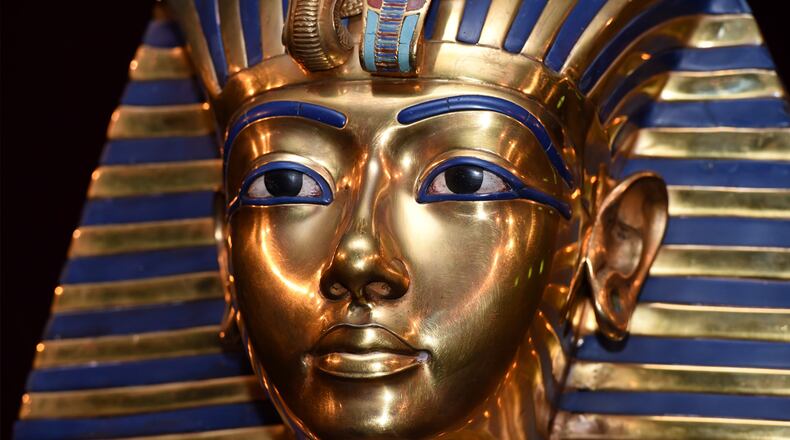- Scientist reports tens of thousands of sharks off Florida coast
- Plus-size model graces cover of Sports Illustrated Swimsuit for the first time
- Legislator: Men must get wife's permission for Viagra prescriptions
- 9-year-old at the wheel because couple was too drunk, police say
- Woman's body found in Walmart parking lot, had been there for three months
Nearly one hundred years ago, an archeologist made a discovery that changed history.
Howard Carter discovered discovered a nearly forgotten pharaoh, King Tutankhamun, interred in a forgotten tomb in the Valley of the Kings in Egypt.
Even though he had been nearly erased from Egyptian historical records, King Tut is now one of the most famous, thanks to the opening of the last chamber of KV62 on Feb. 16, 1923, according to History.com.
King Tut is known as the boy king, and his death has been a mystery since he died in 1323 BCE at the age of 19, according to Biography.com.
He ruled Egypt during the 18th dynasty, but sat on the throne for less than a decade, taking over from his father, Akhenaten, upon Akhenaten's death.
Akhenaten had removed the multiple gods worshiped by Egyptians and established a single god the Aten, or sun god.
Once Tutankhamun took control, he re-established Egyptians' polytheistic beliefs.
It is believed that Tut's death was unexpected and that his tomb was one of another royal, possibly that of his stepmother, Nefertiti, National Geographic said.
Her mummy has never been found, but new discoveries have led some to believe that archaeologists are closing in on her tomb in a side chamber of Tut's.
Carter opened the last chamber of Tut's tomb on Feb. 16, 1923, months after the tomb was found in November 1922. That final room held the mummy of the boy king, nestled in three coffins held in a sarcophagus. The last coffin was made of solid gold.
It took 17 years for Carter and his team to remove and catalog all the items buried with the young pharaoh for his afterlife. The items would get worldwide attention during a traveling exhibition in 1970s, the "Treasures of Tutankhamen."
One of the most famous items was the golden death mask that toured the world during that exhibition.
The same icon made headlines last year when Egyptian Museum workers broke off the false pharaonic beard from the mask.
They used epoxy to reattach the symbol of power to the priceless artifact, National Geographic reported.
Eight employees are facing trial over the damage.
The mask has since been repaired by experts, according to National Geographic.
About the Author
The Latest
Featured

